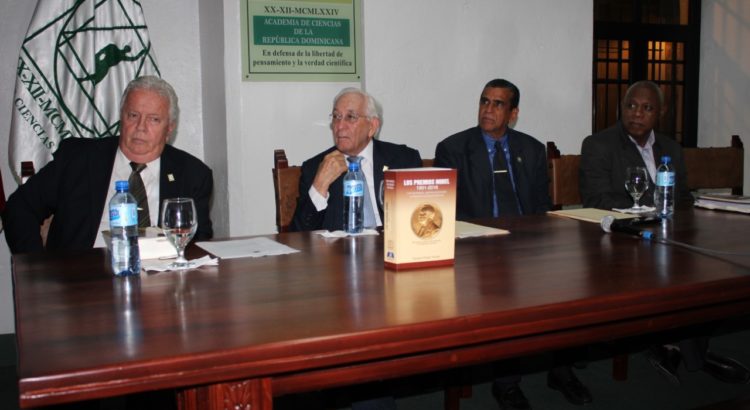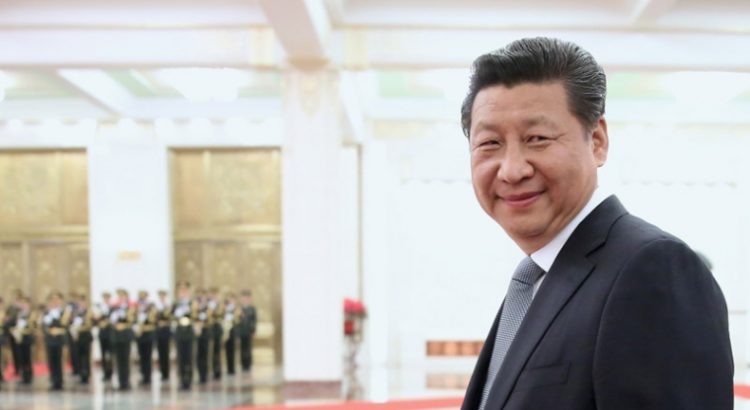Asia/BEIJING/Xinhua
Resumen: El presidente de China Xi Jinping ha pedido a la sociedad de su pais, aprender de los aportes del geofísico Huang Daniense, quien hizo contribuciones sobresalientes en la educación y la investigación científica. Huang, conocido por su experiencia en la tecnología de exploración de la Tierra profunda, ayudó a China a elevarse en varios campos técnicos lo que incidió en la transformación de la nación en uno de los líderes mundiales en la exploración de la Tierra.
Chinese President Xi Jinping has asked society to learn from late geophysicist Huang Danian, who made outstanding contributions in education and scientific research.
Huang, known for his expertise in deep Earth exploration technology, helped China soar in a number of technical fields, transforming the nation into one of the world’s leaders in deep Earth exploration.
Xi has always attached great importance to science. Following are some of his remarks that shed light on his vision for the country’s scientific innovation.
— On July 17, 2013, Xi visited the Chinese Academy of Sciences and called for a greater focus on scientific innovation and making it a driving force for China’s development.
Xi encouraged scientists to boldly innovate, learn from the world’s most advanced science, and put new ideas forward.
— From Nov. 3 to 5, 2013, during an inspection tour to central China, Xi called for implementation of an innovation-driven development strategy to achieve economic and social development targets.
He urged Chinese enterprises to seize opportunities arising from the scientific and technological revolution.
He said the fundamental approach to breaking the bottleneck in China’s economic development was through innovation and technology.
— On Jan. 6, 2014, Xi met space scientists and engineers who participated in the research and development of the Chang’e-3 mission.
The launch of the Chang’e-3 lunar probe made China the third country to carry out such a mission after the United States and the Soviet Union.
Describing innovation as «the soul of a people and the source for a country’s prosperity,» Xi said the Chang’e-3 mission was «China-made in every sense of the phrase» and the result of independent innovation.
— From Dec. 13 to 14, 2014, Xi made an inspection tour in eastern Jiangsu Province, where he visited scientific research institutions and enterprises.
He called for close coupling between science and technology and the economy, as well as deep integration among industry, universities and research to increase the contributions of science and technology to economic growth.
— On Nov. 3, 2015, Xi said the country will endeavor to make a series of strategic science and technology breakthroughs by 2030, while elaborating on a proposal of the Communist Party of China Central Committee for the country’s 13th Five-year Plan (2016-2020).
These projects cover aviation engines, quantum teleportation, intelligent manufacturing and robots, deep space and deep sea probes, new materials, brain science and health-related science. The country must place innovation in key science and technology areas higher on the agenda, he said.
— On April 24, 2016, China celebrated its first Space Day. Xi called on the country’s aerospace scientists and engineers to usher in a new chapter in aerospace development.
He asked space scientists and engineers to «seize the strategic opportunity and keep innovating to make a greater contribution to the country’s overall growth and the welfare of mankind.»
— On May 30, 2016, Xi attended the national conference on science and technology.
China should establish itself as one of the most innovative countries by 2020 and as a leading innovator by 2030, and then become a world-leading science and technology power by the centenary anniversary of the founding of the People’s Republic of China in 2049, he said.
— On Jan. 9, 2017, Xi attended China’s top science award ceremony, presenting award certificates to physicist Zhao Zhongxian and pharmacologist Tu Youyou for their outstanding contributions to scientific and technological innovation.
The ceremony honored 279 projects, seven scientists and one international organization with national prizes.
Fuente: http://news.xinhuanet.com/english/2017-05/27/c_136321055.htm
Imagen tomada de: http://www.innovationaus.com/uploads/cgblog/id465/President_Xi_Jinping.jpg








 Users Today : 8
Users Today : 8 Total Users : 35459603
Total Users : 35459603 Views Today : 19
Views Today : 19 Total views : 3417991
Total views : 3417991